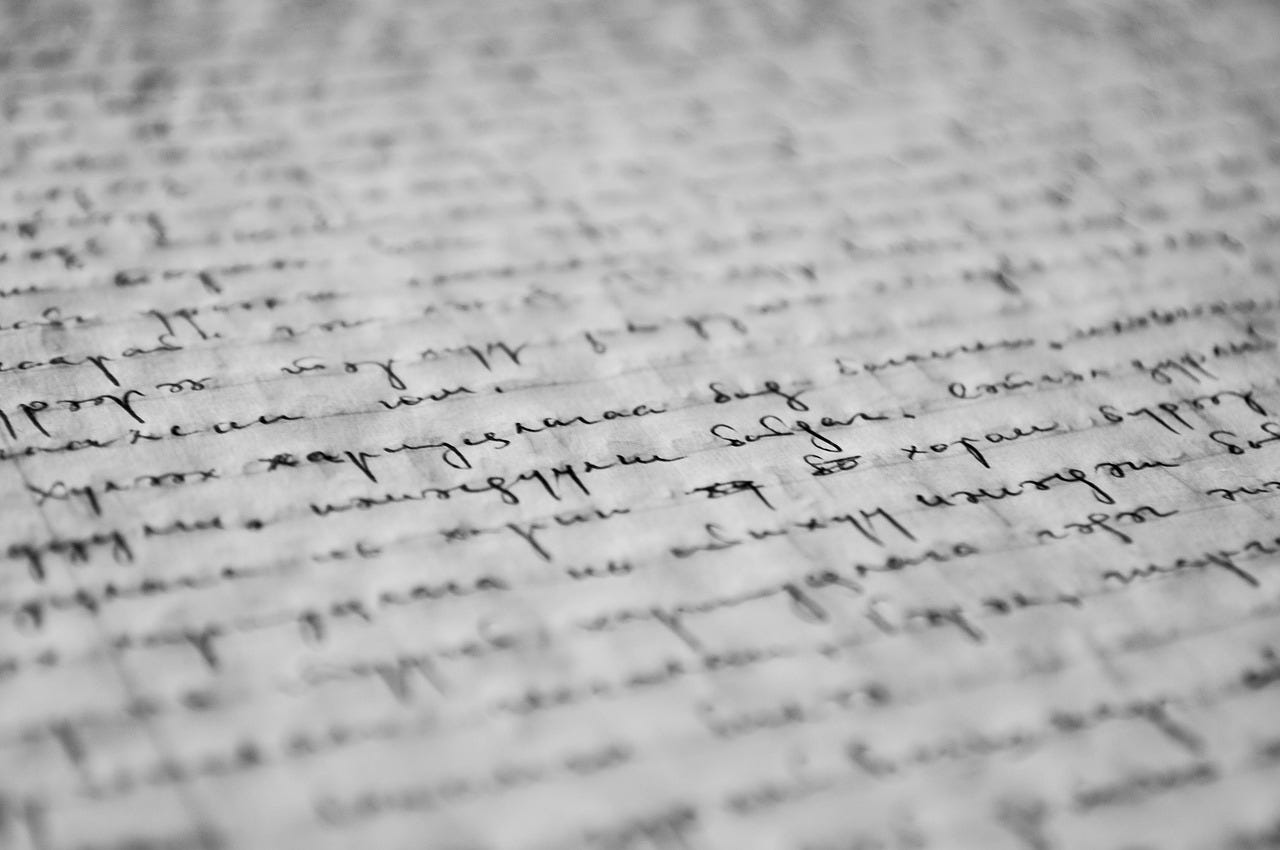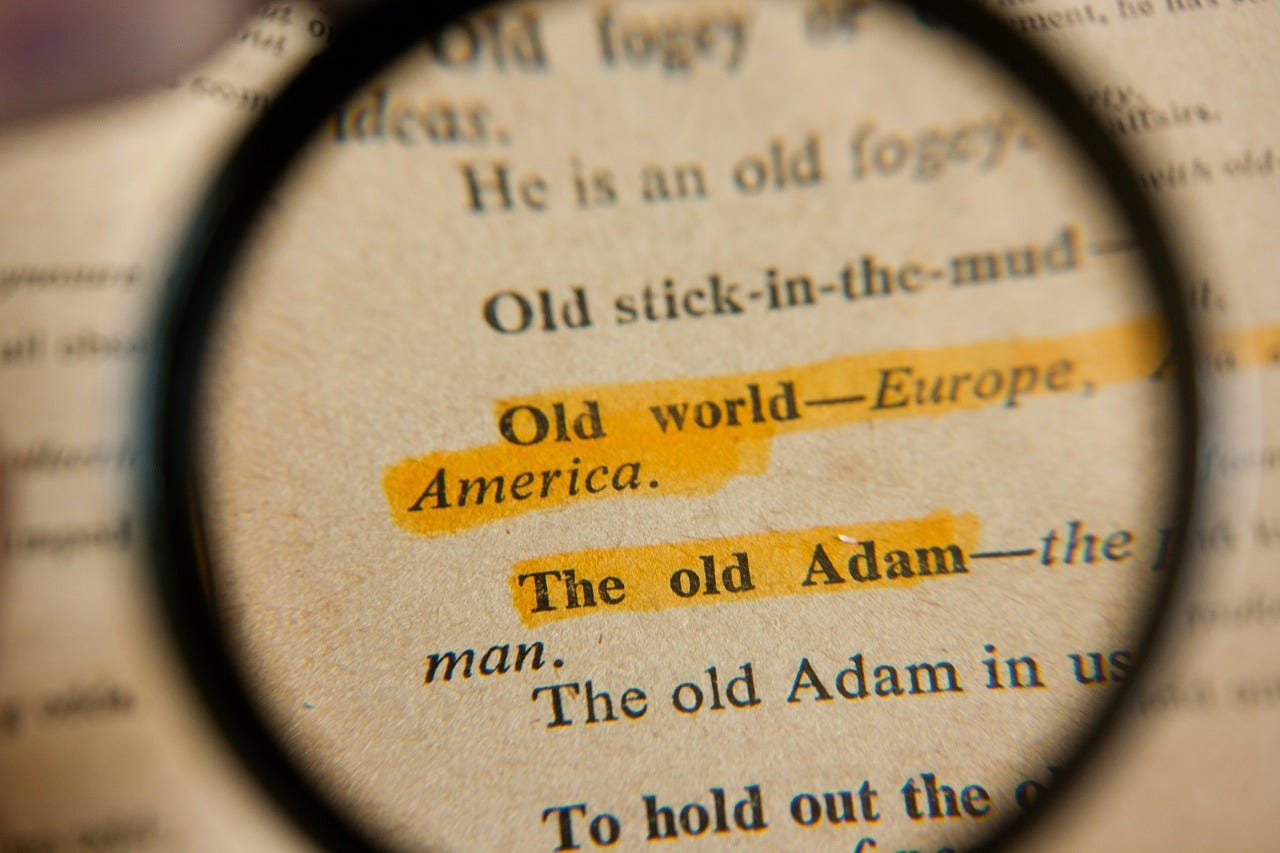When should you hire a translator?
Most genealogists face this question when they find foreign-language documents. Even though you may be able to make out many words, or even most of the text, you might not feel you comprehend it in its entirety. This article aims to help you decide when and why you should hire a translator.
In this first section we will cover the various genealogical standards you should consider. Then we discuss going it on your own, ways to get help, and a short checklist to help you simplify your decision.
You should hire a translator if …
… Well? You might be feel that you can accomplish it by yourself and your research is progressing well. Or you might be on the other end of the spectrum: not able to make heads or tails of these foreign documents. Whatever the situation, it turns out this is quite the gray area.
We will consider the Genealogy Standards published by the Board for Certification of Genealogists. This helps ensure that our translation adheres to the same standards as the rest of our research.
Accuracy is fundamental to genealogy. Without it, a family’s history would be fiction.(1)
… you have a hard time reading the writing.

Genealogy Standard #23: Reading handwriting.(2) Often you will be able to eek out dates and names, and try to guess the rest. But consider the the clues missed in the portions of the text you don’t understand. It might be wise to hire a translator.
… you do not fully understand the meaning.

Genealogy Standard #24: Understand meanings.(3) You might have a document that seems understandable, but some of the words Google Translate spits out seem odd or conflict with other areas of the text. This is an indicator that you are missing more evidence contained in the text.
Genealogy Standard #26: Distinction between content and comments.(4) Professional translators will separate their thoughts and comments on the subject matter from the actual translation itself. You may find that you interject your own ideas and thoughts into the translation to fill the gaps.
Genealogy Standard #40: Evidence Mining.(5) While you may be able to gather most direct evidence yourself, you likely will find it nearly impossible to identify indirect or even negative evidence from a text you do not completely understand. Yet those forms of evidence are often what make or break our proofs.
Genealogy Standard #43: Evidence integrity.(6) It is difficult for a translator to include bias that pertains to your specific research question. The translator will evaluate the text in isolation and translate it solely based its content.
Genealogy Standard #45: Assumptions.(7) As a genealogist, you should identify assumptions in your research and categorize them accordingly. You will likely find unsound assumptions(8) in your translation.
… you aren’t sure of the context.

Genealogy Standard #25: Note-taking content.(9) Translators, especially those working in genealogy, are often more than pure linguists, and may be able to shed light on social, historical, and geographical contexts, as well as meanings of terms and phrases. A good translator will include notes and observations you may not have caught yourself.
Genealogy Standard #27: Note-taking objectivity.(10) A translation should be an exercise in objectivity, as the translator relies only on the document and the contexts it provides. Without this conscious objectivity you might run the risk of including assumptions or omit evidence that may be vital to your proof.
Genealogy Standard #48: Resolving evidence inconsistencies.(11) A professional translator will be able to help you resolve inconsistencies. This could affect your ability to reach a sound conclusion.
Genealogy Standard #57: Background information.(12) A translator will be able to provide background information on evidence found in the text, including people, places, events, as well as historical changes in spellings, social and historical contexts, and more. The type of document, the author, and other tangential contexts may yield information. While a translator may not find all contexts, they will be familiar with them. Especially if the translator performs genealogical translations and specializes in the desired language and region.
… you feel your translation is not solid enough.

Genealogy Standard #29: Transcriptions.(13) Each translation should include a transcription. This will allow future re-examination of the translation, should conflicting evidence come to light. Errors in transcription, ergo errors in translation, thus can be corrected.
Genealogy Standard #35: Source analysis.(14) This is an interesting point that has two aspects: one that the translator likely can better evaluate the source they are translating, and the other, that the resulting translation becomes a reliable source for your research, boosting confidence in your findings.
Genealogy Standard #36: Information analysis.(15) It is difficult to analyze the quality of information provided in a foreign-language document if you do not completely understand the text. A translation should address legibility, identify people, places, events, and comment on any inconsistencies.
Genealogy Standard #39: Information preference.(16) As a genealogist you will need to weigh the evidence available to you, and choose the strongest evidence both for and against your hypothesis, resulting in the final proof. A professional translation will let you determine its significance to your research. Insecurities in the quality of your own translation may result in an incorrect evaluation.
Can you do this on your own?
You can probably guess the answer to this one: “it depends!”(17) If you can afford it and have a favorite translator that provides valuable insights, you should consider it anyway. You may find that your research is more thorough and complete.
As a general rule, translations that you feel are “well enough” are most likely not, well, enough.
Templates and Forms
Standardized documents and forms likely are consistent enough for you to translate yourself. Great examples are Family Registers or Baptism records found in many German church books. You will often find guides and templates that help you read the information they contain.(18)
 Sample Family Register from German church book with translated template.
Sample Family Register from German church book with translated template.
The Check List
- Are you able to transcribe the entire text?
- Have a machine translation program (like Google Translate) process your transcription. Are all words translated? Do all translated words make sense?
- Use the machine translation as a basis for your translation. Is your derived translation grammatically and semantically correct?
- Do you understand the meaning of the document?
- Are you able to determine the context of the document? Does the meaning of the document still make sense within that context?
- Have another genealogist review your translation. Do they agree with your results and are unable to poke holes in your findings?
- Does your translation meet all Genealogy Standards?
Congratulations if you have answered a resounding “YES!” to all of these. You might not need a translator. What if you did answer “no” and were completely honest with yourself, but find it hard to justify the cost?
You Are Unable To Hire A Translator
Get creative and see if you know someone who reads and writes the source language well. They might be able to help you fill in the gaps in exchange for lunch. Or maybe you can help them with their project on something they are trying to figure out.
Ask around in your local genealogy group to see if anyone there might be able to help. If you don’t belong to one, see if there is one in your area, and attend one of their meetings. Often you will find special interest groups that focus on a particular language or place. The German Special Interest Group of the Southern California Genealogy Society is just one example.
Find one that is close to you and make the trip at least once to get to know others and swap stories and experience. If it seems worth it, keep attending their meetings.
Don’t let difficult translations stop your research. Genealogy is as much experience as it is academic; enjoy the adventure and share it with your friends and family!
I would like to thank Evelyn Smith de Galvez (Scribe Publishers) for her assistance in editing the article and holding me accountable for my misuse of language. I would also like to thank Margaret Fortier for providing feedback, as well as Bryna O’Sullivan for prompting me to write this article to begin with!
- Jones, Thomas W., editor. Genealogy Standards: 50th Anniversary Edition (Nashville, Tennessee: Ancestry.com, 2014), xiii.
- Ibid., page 17.
- Ibid., page 17.
- Ibid., page 18.
- Ibid., page 24.
- Ibid., page 25.
- Ibid., page 26.
- Ibid., page 26. Types of assumptions: fundamental vs. valid vs. unsound assumptions.
- Ibid., page 17.
- Ibid., page 18.
- Ibid., page 27.
- Ibid., page 34.
- Ibid., page 18.
- Ibid., page 21.
- Ibid., page 22.
- Ibid., page 24.
- “It depends!” is a term famously used by Tom Jones when answering questions relating to citation methodology.
- “Wuerttemberg Family Register Headings.” FamilySearch, 24 Mar 2011. https://familysearch.org/learn/wiki/en/Wuerttemberg_Family_Register_Headings, accessed 25 Sep 2015.
